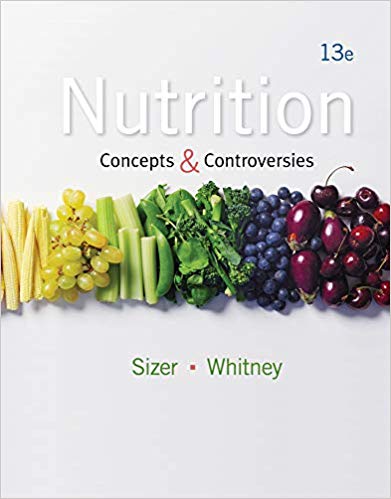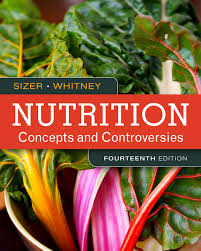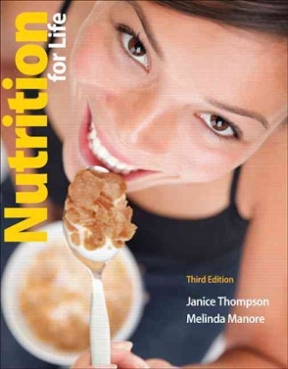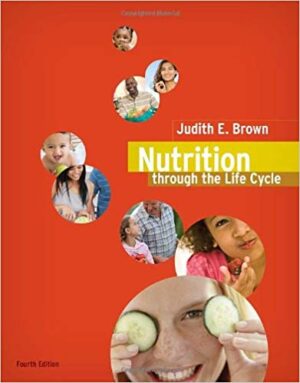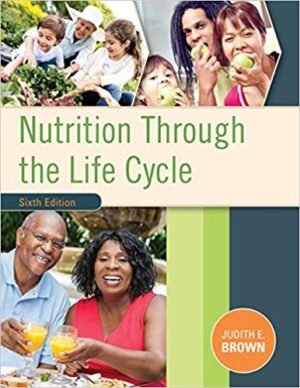Nutrition Concepts and Controversies 13th Edition By Frances Sienkiewicz Sizer – Test Bank
Do you need test banks fast? eTestBank.net is the best test bank website for you! Download your test bank right after you pay. No waiting!
Why eTestBank.net is Great:
✅ Instant Download:
Get your test bank right away after payment.
✅ Unlimited Downloads:
Download your test bank anytime and as many times as you want.
✅ 24/7 Live Help:
We are here to help you all day, every day.
✅ Guaranteed Delivery:
If you don’t get the download right away, we will send it to you in 3 to 6 hours.
How to Get Your Test Bank:
- Pick Your Test Bank: Choose from many test banks.
- Pay Safely: Pay securely on eTestBank.net.
- Download Instantly: Get your test bank immediately after payment.
- Download Anytime: Unlimited downloads whenever you need them.
Need Help? Contact Us:
📧 Email: [Support@etestbank.net]
📱 WhatsApp: [https://wa.me/message/MC222DLQ4GDXL1r]
Didn’t Get Your Download?
Don’t worry! If you don’t get the file right away, we’ll send it to you in 3 to 6 hours. Need it sooner? Contact us by email or WhatsApp.
💡 Buy now from eTestBank.net for instant downloads, unlimited access, and 24/7 support—get your test bank today!
Chapter 4 – The Carbohydrates: Sugar, Starch, Glycogen, and Fiber
Chapter Learning Objectives
4.1 Compare and contrast the major types of carbohydrates in foods and in the body.
4.2 Explain the important roles of carbohydrates and fiber in the body, and describe the characteristics of whole-grain foods.
4.3 Explain how complex carbohydrates are broken down in the digestive tract and absorbed into the body.
4.4 Describe how hormones control blood glucose concentrations during fasting and feasting, and explain the response of these hormones to various carbohydrates in the diet.
4.5 Describe the scope of the U.S. diabetes problem, and educate someone about the long- and short-term effects of untreated diabetes and prediabetes.
4.6 Identify components of a lifestyle plan to effectively control blood glucose, and describe the characteristics of an eating plan that can help manage type 2 diabetes.
4.7 Describe the symptoms of hypoglycemia, and name some conditions that may cause it.
4.8 Identify the main contributors of various forms of carbohydrates in foods.
4.9 Discuss current research regarding the relationships among dietary carbohydrates, obesity, diabetes, and other ills.
True/False Items
1. Carbohydrate has been rightly accused of being the fattening ingredient of foods; therefore, we need to consume fewer starchy foods.
2. Most unrefined plant foods contain a mix of fiber types.
3. The term “brown bread” on a label is a guarantee that the bread has been made with whole-grain flour.
4. The glycemic index and glycemic load of foods may be of interest to people with diabetes who must strive to regulate blood glucose control.
5. Carbohydrates form the first link in the food chain that supports all life on earth.
6. Starch digestion is completed by the time food reaches the small intestine.
7. Chronic inflammation of body tissues accompanies uncontrolled diabetes and may contribute to eye, kidney, heart, and other associated problems.
8. The best way to control blood glucose levels in diabetes is to avoid all sugary foods.
9. The recommended carbohydrate intake in a health-promoting diet is 45-65 percent of calories.
Controversy 4 True/False Items
10.Research has shown that eating too much carbohydrate can cause diabetes.
11. The increase in added sugars in the diet is the main cause of the increase in obesity today.
Comprehension-Level Multiple-Choice Items
1. Which of the following animal-derived foods contains significant amounts of carbohydrates?
a. eggs
b. beef
c. milk
d. poultry
2. Complex carbohydrates:
a. include both single sugar units and linked pairs of sugar units.
b. are known as the monosaccharides and disaccharides.
c. are long chains of sugar units arranged to form starch or fiber.
d. a and b
e. b and c

